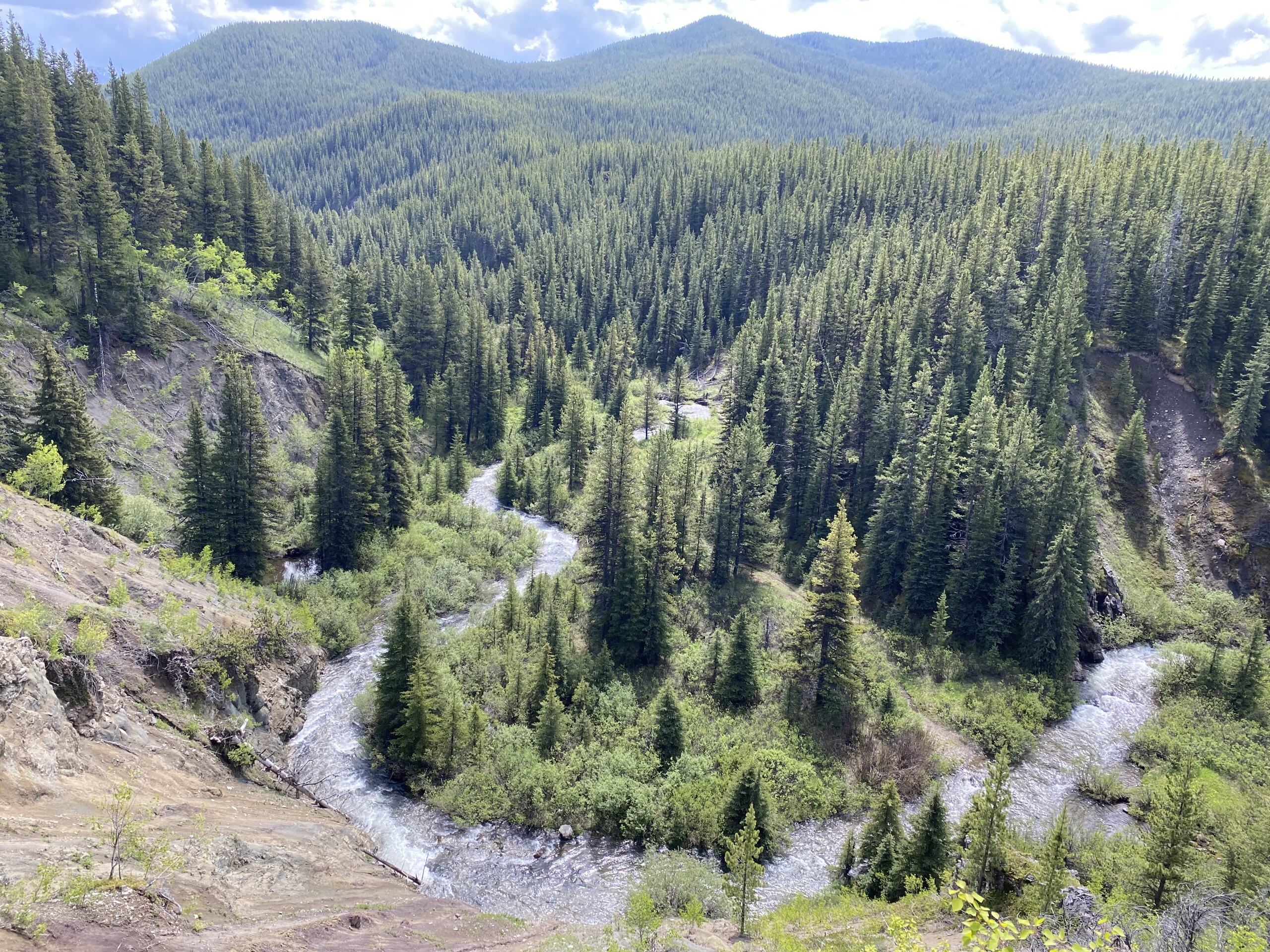October 26, 2020
Ranchlands, Alberta – On October 27th, the joint Federal-Provincial review hearing will commence for the Grassy Mountain Coal project. Several groups are concerned how the mine will impact the environment and way of life. Benga Mining Limited, a wholly owned subsidiary of Riversdale Resources Ltd., is proposing to construct and operate an open-pit metallurgical coal mine near the Crowsnest Pass, approximately seven kilometres north of the community of the town of Blairmore.
“The impacts of projects like this are monumental and can be irreversible, we hope evidence presented during the hearing will make it clear that the negative impacts will far outweigh any potential benefits,” said Katie Morrison, Conservation Director of the Canadian Parks and Wilderness Society (Southern Alberta Chapter). CPAWS has retained expert witnesses and is formally intervening in the hearing.
The Joint Review Panel was established to review the project proposal and conduct an assessment of the environmental effects of the Project. The public hearing will take place online and will be streamed over youtube in its entirety beginning October 27th until November 30th, 2020.
While the hearing is scheduled to review only the Grassy mountain project, a number of similar coal developments have been proposed for the region As of October 2020 there are 4 companies actively exploring six potential mines sites all in the area adjacent to the Grassy mountain site (see attached map). All of the companies are owned, wholly, partly by Australian mining companies and investment firms.
“This project truly is the thin edge of the wedge, other companies (Elan Coal, Montem Resources, and Cabin Ridge Project Ltd.) have indicated that the approval of this mine will clear the path for their development. We are very concerned about the future of the region if Grassy is approved and the red carpet is rolled out for these companies who could damage this sensitive area,” said Morrison.
The Livingstone Landowners Group (LLG), which represents about 125 landowners in the area is also intervening against the proposed Grassy Mountain mountain-top removal mining project.
“There is lots of evidence that this type of mining causes permanent damage to the environment and human health. We need to recognize that this will be a 1,500 hectare mine, in the heart of our watershed and environmentally sensitive areas of the Eastern Slopes. Some of the most critical risks – such as the release of selenium into our waterways – have no proven mitigation and the area where the mining will occur is an extremely difficult terrain subject to high winds and extreme climate conditions. The risks are enormous,” said Bobbi Lambright, spokesperson for LLG.
Concerns over the project’s impact on water quality and quantity are forefront in the minds of many in the region. “Open-pit coal mines in an already overburdened and essential watershed will not benefit Albertans, but quite the opposite.” said local rancher Jolayne Davidson Gardner. “The Grassy Mountain mine runs the very real risk of contaminating the water supply for over 200,000 Albertans and the irrigation supply for much of Southern Alberta, with selenium, a common and irreversible issue for open-pit coal mines, of which there have yet to be proven solutions,” she said.
Locals also question who will benefit from coal mine development the most. “The most important public infrastructure of southern Alberta is the mountain and eastern slope watershed,” said area rancher Gordon Cartwright. “Watershed coal mining is asset liquidation and impairment, that will leave a legacy of liabilities and visual reminders, of government captured by corporate agendas, for the benefit of a few,” said Cartwright.
To learn more about community concerns regarding coal mining in the region. Please view this video: https://www.youtube.com/watch?v=w_ktNoGeWPU
More News

New Poll: Conservation is a Core Value, Not Fringe Concern, for Most Albertans

Fine Issued to Forestry Operator for Erosion Control Failures


